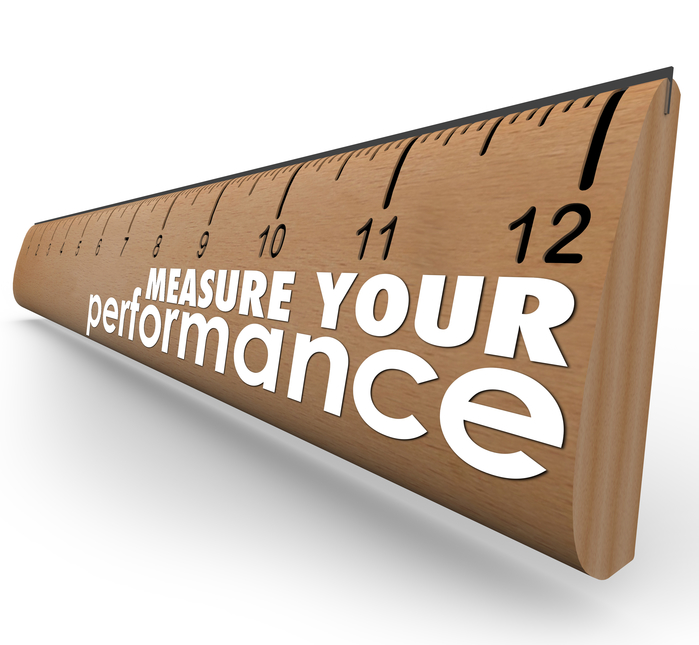
The performance evaluation system at HiiL Innovating Justice, the organisation I am a part of, has really grown up and developed from a child into a teenager, and at this moment it is turning into a conscious and smart adult. Initially, our performance evaluation system consisted of just a few questions to be asked and was more of a free style talk. The goal was to provide an opportunity to reflect on the demonstrated performance as well as evaluating achievements and identifying points of improvement and areas to keep on strengthening. All the employees were asked the same questions. However, the performance evaluation in place did not provide grounds for fair rewards; there was no clear criteria for rewards.
We decided to introduce a proper, fair and measurable system. We decided to divide the evaluation session into two sections. The first focused on evaluating the competences they had demonstrated. The second more towards the achieved outcomes. We developed a list of competences, which with organisational development was developing as well, and introduced scores.
The outcomes would change depending on the responsibilities of their role. This allowed a more systematic approach, there was clear data to work with, and the system was specifically tailor made and developed in accordance with organisational values, culture and strategy.
After a few internal discussions, we decided that we wanted the evaluation to go two ways, where both the supervisor and the employee (self-reflections) provide the employee evaluation. That seemed fair, as it fitted the organisational values and culture we were emphasising much more. It also provided the opportunity for more space for reflection and development.
Shortly afterwards, we introduced the famous 360° feedback, where two co-HiiL‘ers would provide their input on one’s performance. This system provided good data which could be used for reward allocation. When scoring for both competences and outcomes above expected, a bonus was automatically applicable. The main idea of us introducing ratings was to stimulate people to develop a hunger and drive for improvement, development, and growth. It would serve as an indicator, which would encourage people to move forward and strive for more in terms of personal development. However, we have experienced that some evaluation sessions turned into negotiation sessions at times.
Right now, we are reviewing the current system again. We are trying, reflecting, and adjusting to our changing needs. A performance evaluation system is a living organ. Our systems change with our developments. Getting feedback from our people helps us big time. With the progress and developments we made last year and with the strategic directions we are taking, we are questioning whether the current system is not too dry. We are asking ourselves what the purpose of our desired performance evaluation session is. We are focusing on people, their development, progress and growth. We want to stimulate people to dare themselves more. In this case, it is not wise to combine in one talk reflections on both development and growth, as well as rewards; combining extrinsic and intrinsic aspects in one session will not get us where we want to be.
If we did not try all of the above, we would not be where we are today. We would not be that advanced in terms of strategically addressing our systems and realising their core mission, purpose and role in reaching success.
When developing a performance evaluation system, ask what should your system addresses: does it identify low performers? Perhaps Identifying the right people for rewards? Does it help people develop? How does it address development? Do you use ratings? How accurate are they? Who is involved in the process? Does it change with your development and strategies? Do you collect feedback on it?
These and many more answers will help you determine the purpose and mission of your performance evaluation system and using this, you can build a strategic, conscious, smart and adult system. Regardless that this system is in the adult stage, it still needs continuous review, reflection and feedback, so that it can continue to grow and develop.
Liubovi Bosenko
